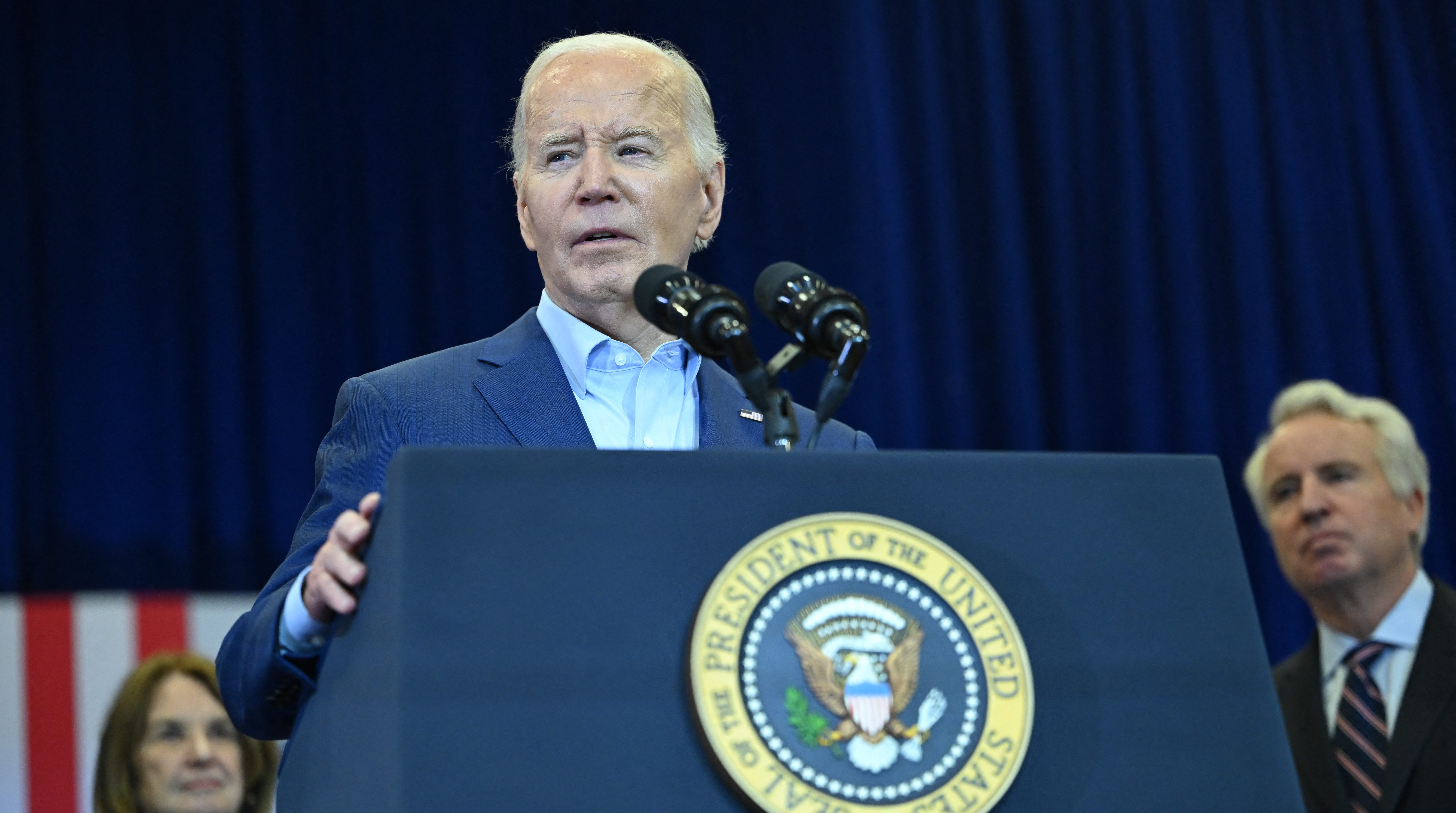JPMorgan Chase stands accused of allegedly precipitating the collapse Lehman Brothers Holdings by freezing Lehman assets days before it filed for bankruptcy protection.
Lehman creditors have accused JPMorgan (NYSE: jpm) of freezing $17 billion in cash and securities on Friday, Sept. 12, according to a published report. Lehman filed for bankruptcy the following Monday.
The news comes as the disgraced head of Lehman, Dick Fuld, tells Congress that banking regulators knew exactly how the company was pricing its distressed assets and about its liquidity in the montsh before its collapse.
For months while Lehman's fortunes continued to sour, it continued to assure the investing
public it could survive. Fuld held numerous conversations with JPMorgan CEO Jamie Dimon during this time.
Dimon's capital markets chief Steve Black met with Fuld days before the firm's bankruptcy. Its
unclear what Fuld told these insiders, but it is clear they were increasingly worried about the Lehman's future.
Rep. Henry Waxman, the Democratic chairman of the U.S. House of Representatives Committee on Oversight and Government Reform, has called Fuld and former chief executives of insurer American International Group (NYSE: aig) to appear at hearings into the financial excesses that led to the collapse of the companies.
Here is a brief timeline of what happened to Lehman Brothers:
- Early summer: JPMorgan is the clearing bank on behalf of clients who have exposure to Lehman trade. These are money market fund and pension funds. JPMorgan also makes intra day loans to Lehman
- July: The head of JPMorgan's risk department begins asking for collateral from Lehman as it becomes clear that Lehman's problems aren't going away and clients are getting nervous
- JPMorgan asks for $5 billion in July, but does not receive it until August. And it receives structured securities, which JPMorgan considers difficult to value. When valued, JPMorgan feels they're worth significantly less than $5 billion. It is unclear why JPMorgan accepts these securities. But it should be noted that Lehman has publicly stated at this time that it is looking for capital and that it wants to sell its investment management business.
- Early September: Lehman still has not raised capital. It has approached several banks about possible mergers. Nothing happens. It sets a course to sell its investment management division to raise capital. But the firm's prospects begin to dim considerably; counterparties getting anxious; credit default swaps spiking.
- September 4: Lehman is really teetering. This time, JPMorgan asks for another $5 billion in collateral in cash. JPMorgan's internal analysis shows that the initial $5 billion tranche deteriorated significantly -- worth around $1 billion. JPMorgan demands the money on behalf of money market fund clients who are demanding collateral on trades with Lehman. The money doesn't come in.
- September 9: Steve Black, head of capital markets, knowing that Lehman has not paid the $5 billion from the week before, asks for another $5 billion in cash. He personally reaches out to Lehman CEO Dick Fuld. Fuld obliges with $3 billion. Black agrees, but JPMorgan is getting increasingly nervous: It is worried that Lehman will go bankrupt if it doesn't raise money. That same day JPMorgan also finds out Lehman is going to preannounce its losses and plans to raise capital.
- JPMorgan and Citigroup (NYSE: c) both call a meeting with Lehman's head of capital markets. Both ask Lehman not to go ahead with the announcement. It will spook markets unless it raises significant capital -- the sale of the investment management division would not be enough. Lehman said it was worth $8 billion but Street estimates were less than $3 billion. The firm needed around $4 billion in capital. However, nothing happens.
- September 10: Lehman does the pre-announcement and conference call to analysts. They assure investors the firm is healthy despite all the problems the firm had delivering capital to JPMorgan. Deutsche Bank analyst Mike Mayo asks the question about the need to raise $4 billion in capital. Lehman's CFO says it doesn't need that much.
- September 11-12: JPMorgan discovers that its initial $5 billion wasn't paid. It demands $8 billion immediately. Over those two days Lehman delivers the money.
- September 12: CNBC breaks the story that Lehman is selling itself
- September 13/14: The Fed tries to save Lehman through a private sector bailout, but this fails
- September 15: Lehman files for bankruptcy
In his testimony, Fuld said the SEC and the Fed conducted regular and at times daily oversight of Lehman's business and balance sheet, Fuld said.
U.S. & World
On Tuesday, the committee will take on former AIG CEOs Robert Willumstad, Martin Sullivan and Maurice "Hank" Greenberg.
More From CNBC.com
- Money Markets Stay Frozen Following Rescue Vote
- Germany Rescues Hypo, Guarantees Savings
- In the Crisis, How Has the "Smart Money" Fared?
- Bailout Doesn't Resolve Fears On Economy, Credit
Waxman has a reputation for raking high-profile corporate executives over the coals as cameras roll. Last month, Waxman asked the CEOs to provide internal documents and communications transmitted to and from the executive suites during a 180-day period leading up to Sept. 16, the day after Lehman, the 158-year-old investment bank and Wall Street fixture, filed for bankruptcy.
Last week, lawmakers in Washington finally approved a $700 billion rescue package after much political wrangling, while European governments were forced to ride to the rescue of several major European banks.
-- Reuters and Associated Press contributed to this article For more stories from CNBC, go to cnbc.com.



